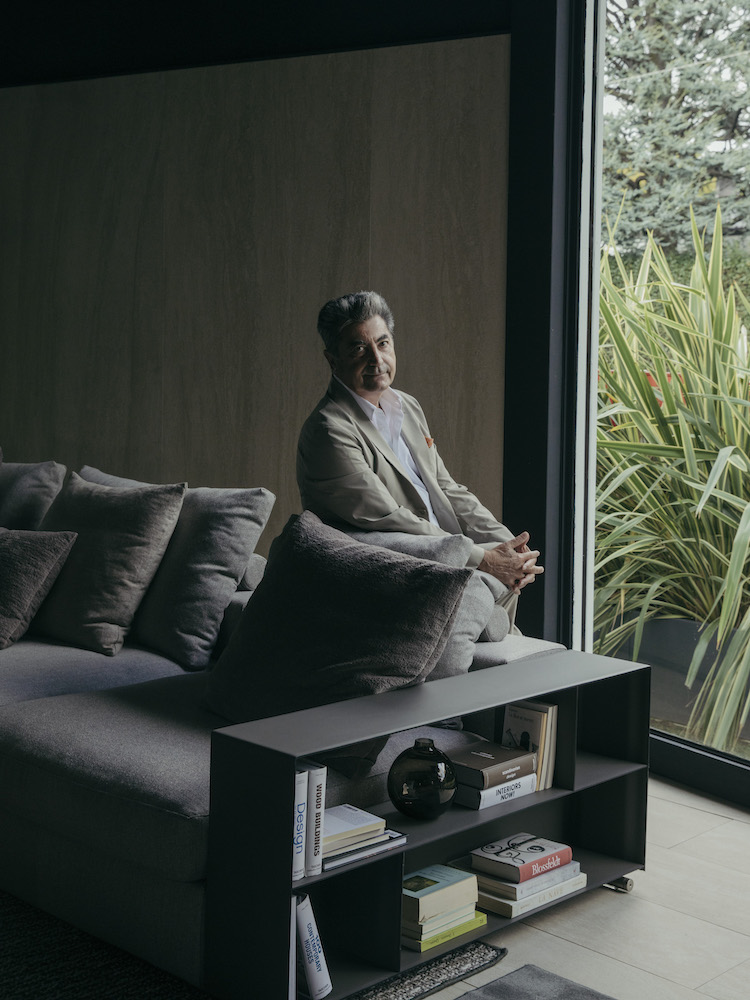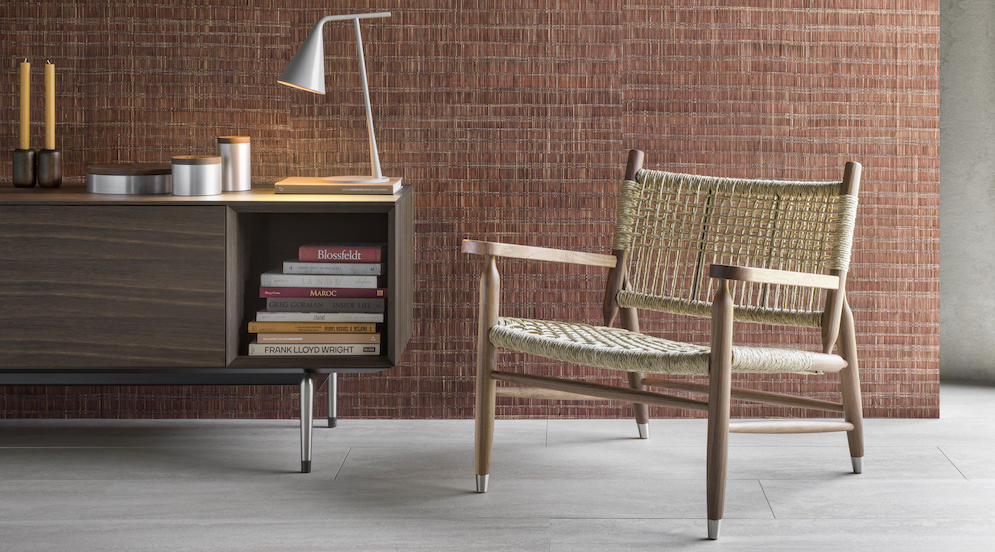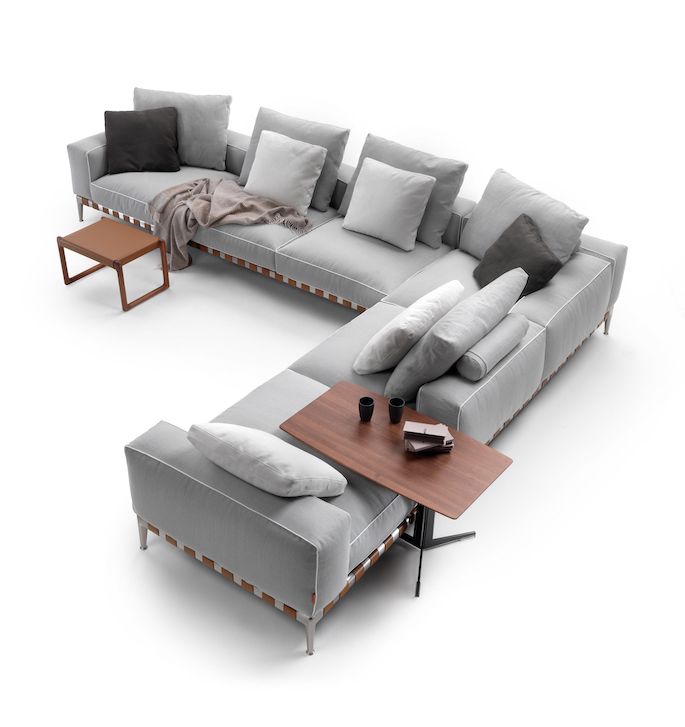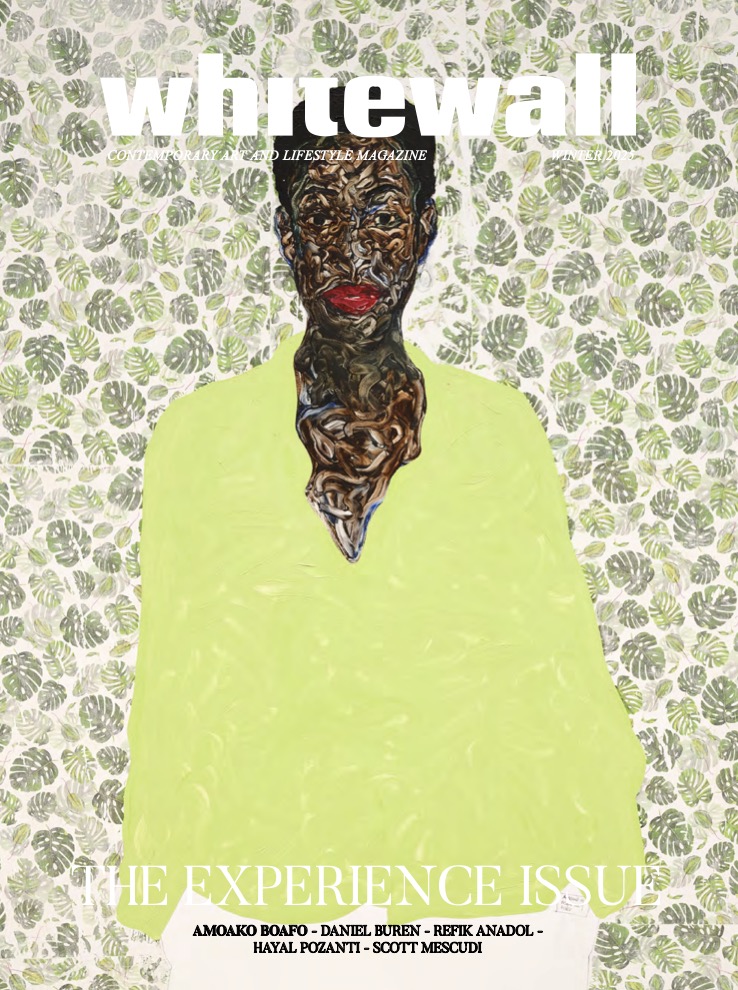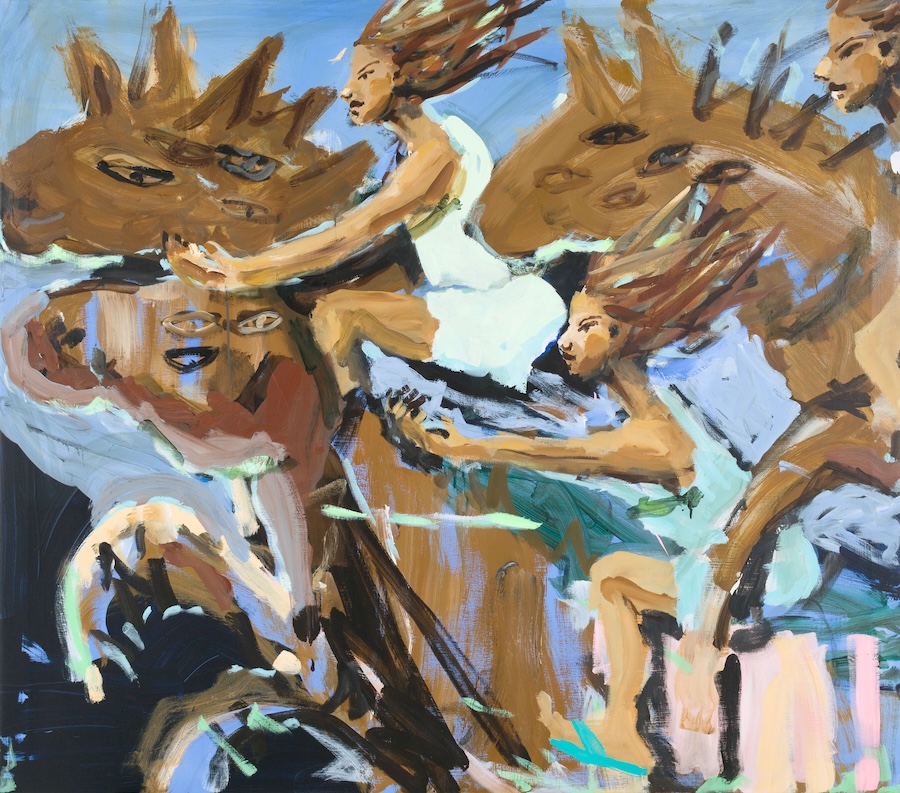Looking back at the Groundpiece sofa, designed by Antonio Citterio for Flexform in 2001, it feels almost like a premonition of the way we live today. Even more so after the exponential increase in time we’ve spent at home over the past year, having to make our interior spaces function for work, life, learning, and play.
Set low and deep, Groundpiece is meant to sit in the middle of the room, with no obvious front, back, or side. Oversize goose-down cushions add undeniable comfort and offer movement with ease. It embodies the idea of multifunctionality—to be used when relaxing, connecting, reading, watching TV, and even working. As with Flexform’s approach to design, the sofa comes in customizable options, including its unique armrest concept that doubles as multipurpose shelving, in either a padded and upholstered or cowhide-clad metal console.
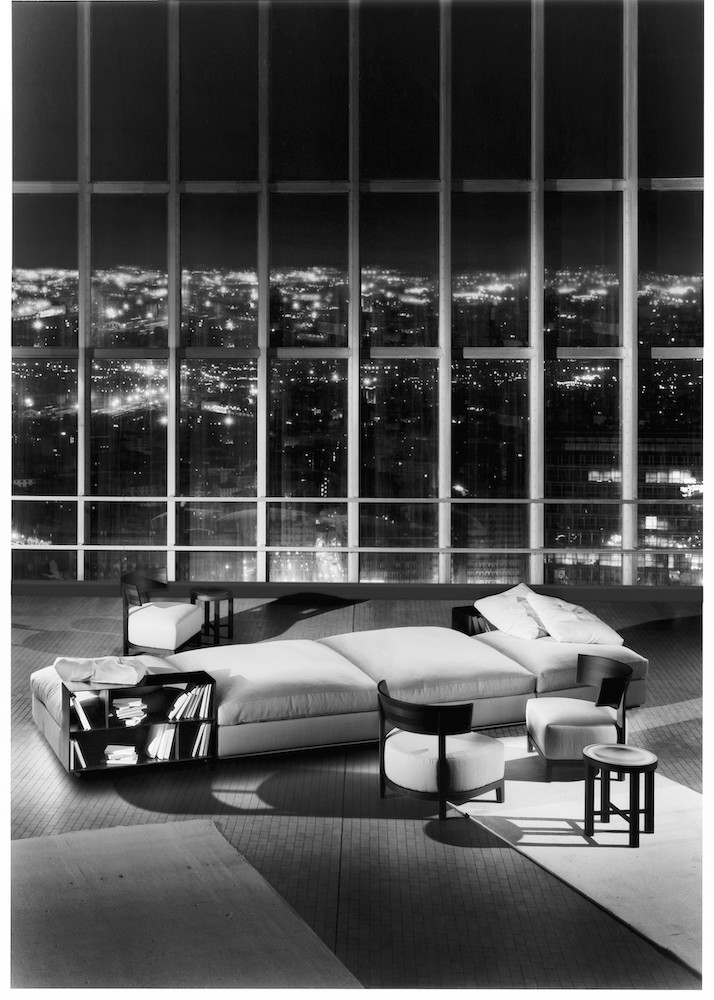 Flexform’s Grounpiece sofa, photo by Gabriele Basilico, courtesy of Flexform.
Flexform’s Grounpiece sofa, photo by Gabriele Basilico, courtesy of Flexform.
“When we made Groundpiece, it seemed to us that we were making a project with impressive content but that would not have sold because it was so simple, so non-traditional,” Citterio has said. “But we made it anyway. Because it seemed exciting to us to experiment with this marriage between art and a cushion, which is not exactly the most obvious marriage.”
The name Groundpiece does stem from a connection to art. After two decades, Citterio has hinted that the design for armrest was, in a way, a nod to Donald Judd, but such is the nature of creativity for him. A longtime collector of art, he recognizes that it’s inevitable the objects he surrounds himself with will leave traces in his mind.
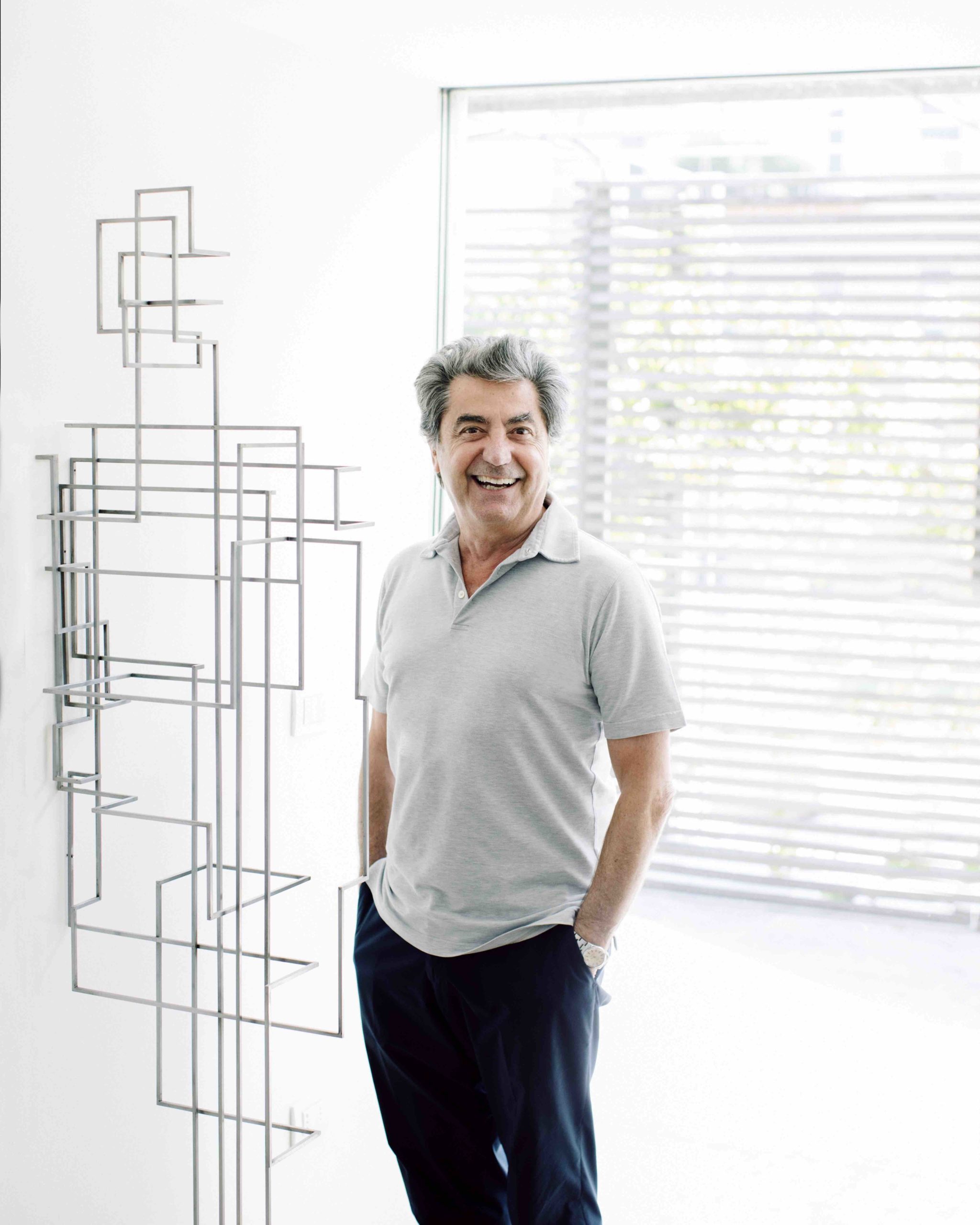 Antonio Citterio, courtesy of Flexform.
Antonio Citterio, courtesy of Flexform.
Whitewall spoke with the architect and designer about his approach to materials, sensitivity, and synthesis.
WHITEWALL: Groundpiece turns 20 this year. It was a revolutionary design. How did you want to respond to the changing way we live?
ANTONIO CITTERIO: The launch of the product was in 2001. At the beginning, it was not a big success because it was not a “normal” product in typology then. In the end, it is really normal—the simplicity with its big cushions, the perception of comfort, its large dimensions. The armrest is defined with a clear thin line that contrasts between a geometric element and soft material.
The other innovation was the idea that you can put this sofa in the middle of the room. You don’t have a front or behind; you can play with this idea. That was the beginning of the typology innovation.
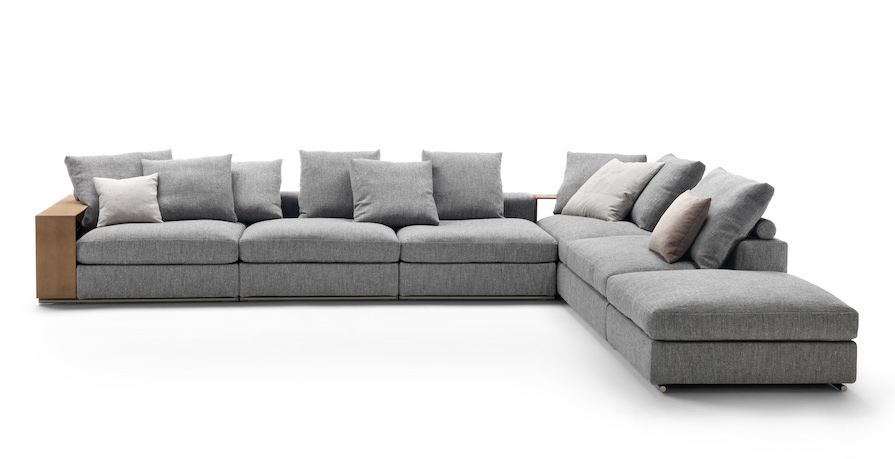 The Groundpiece sofa by Antonio Citterio Flexform, courtesy of Flexform.
The Groundpiece sofa by Antonio Citterio Flexform, courtesy of Flexform.
WW: With Groundpiece, and in general in your design approach, how does the shape and function of a piece of furniture dictate the material?
AC: When you design something, you never know if it’s working or not for the market. For me, design products sometimes are space solutions. In principle, I am more an architect than designer and I design typology for space solutions. It was important to create a big platform with geometric definitions in this simple cowhide without a seam. When you’re sitting, the cowhide immediately becomes something like craft. It’s through the simplicity that maybe there is the reference to Donald Judd, but it’s just my point of view. My idea was to do it in steel, but the steel was too strong, too tough. It didn’t have the visual comfort. But when covered in cowhide, you maintain this simplicity working in contrast with the soft cushion.
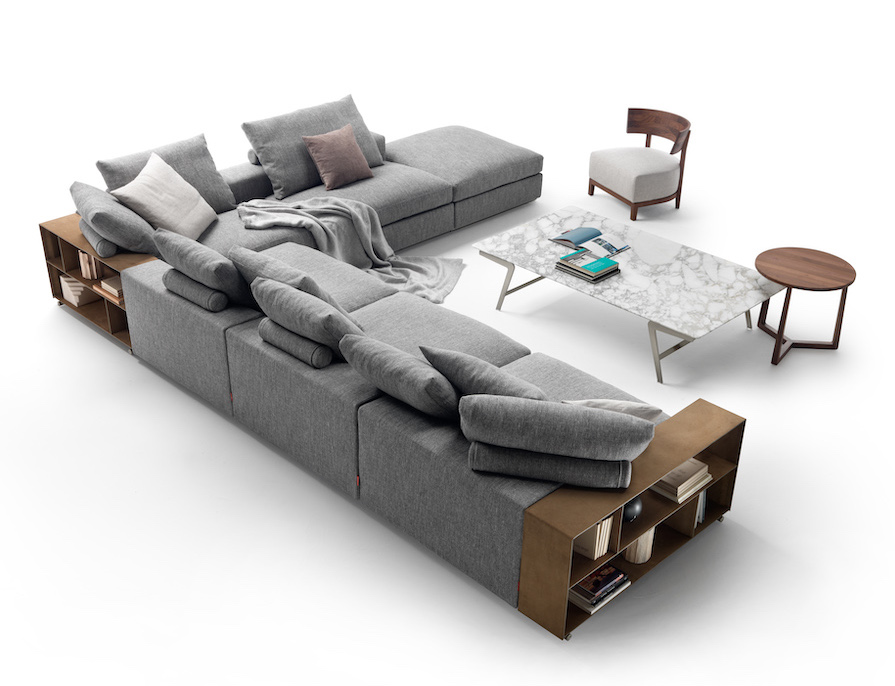
“”
WW: It is incredibly popular still, and I imagine especially given the past year, given how much time we’ve spent at home. What makes this piece still so pertinent?
AC: It’s still the best seller of the company after 20 years. And now you see hundreds of sofas with this low arm and back and this element of comfort and cushion.
This is a different moment in the perception of sofa. There was moment in the seventies when the sofa was like a sculpture—completely invented and even overdesigned sometimes. It was important in the history of design, but when I designed Groundpiece, it was a different moment for the sofa.
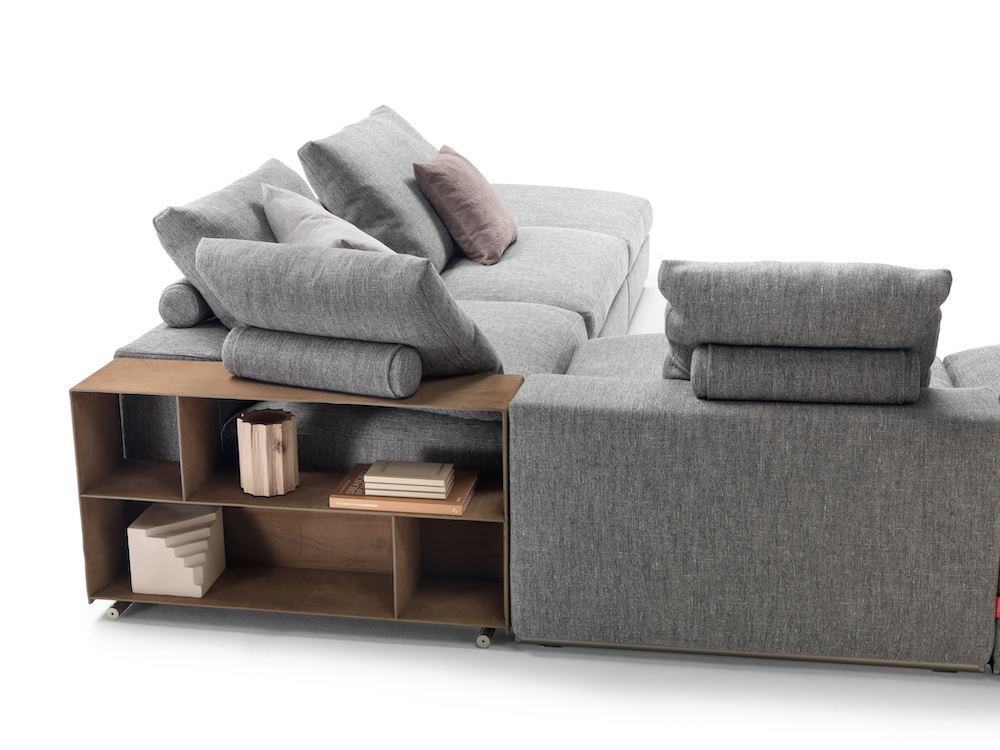
“”
WW: How would you describe your design process?
AC: The sofa is not something you can really draw. I personally don’t draw sofas. I like to talk with the people. It’s a question of the team. It is important that you have a tailor who knows exactly how to cut the fabric, how to do the seam—it’s a sensitivity product. The cushion is either nice or it’s terrible. You can design a cushion, but it really depends what the material is inside, how large the fabric is; it’s done from experience.
I like to work with synthesis. For me, that’s the normality. I opened my office in 1972, and I started to work at Flexform in ’72 to ’73. In that time, I spent a lot of time in the factory where they do the prototypes. I understand how you cut the fabric, how you do the seam. I understand the process. That is very important. When I understand the process, I don’t need to do drawings. What’s really more important is the suggestion for the space.
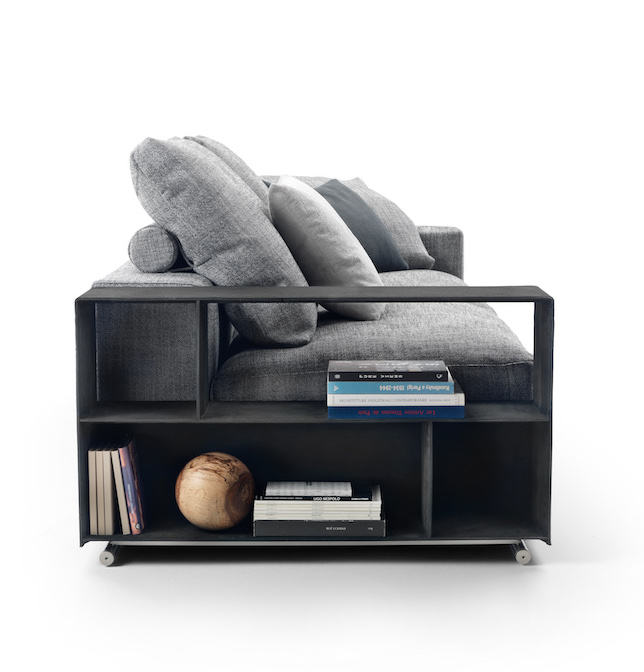 The Gregory sofa by Antonio Citterio Flexform, courtesy of Flexform.
The Gregory sofa by Antonio Citterio Flexform, courtesy of Flexform.
WW: You are a collector. How do you think that influences your creativity?
AC: I am an art collector, but for me there is really no connection in principle between art and my design. The connection is the sensitivity of aesthetic perception. To be a collector means you have an education and understand the different sensitivities. When you open a newspaper, when you open a magazine, when you watch a film, when you see something, immediately you have information and there is a reference—it’s a visual education. This is the aesthetic perception.
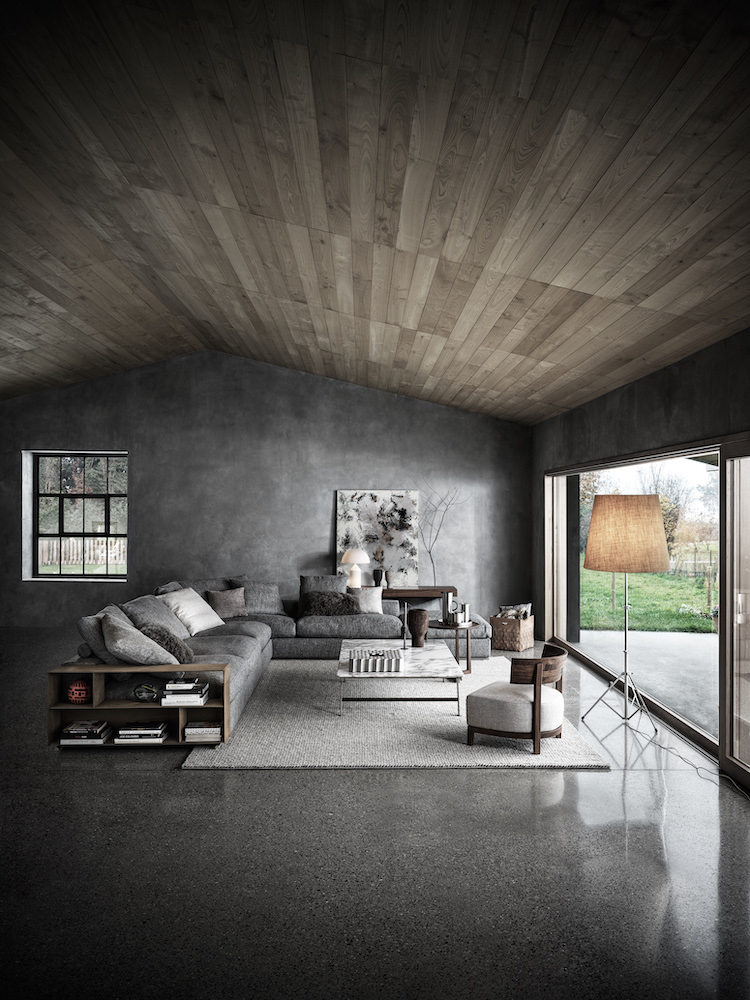 The Groundpiece sofa by Antonio Citterio Flexform, courtesy of Flexform.
The Groundpiece sofa by Antonio Citterio Flexform, courtesy of Flexform.






